By Liana Jacob
MEET THE inspiring mother who is on a mission to raise awareness for a fatal disease that saw both her children undergo bone marrow transplants to extend their lives before eventually killing them.
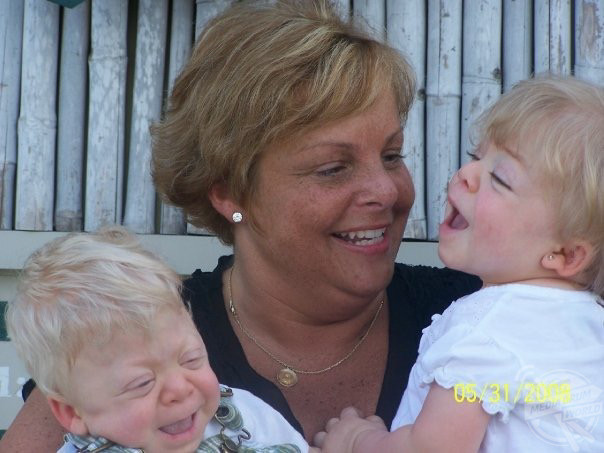
Trish Doyle / mediadrumworld.com
In December 2004, executive assistant, Trish Doyle (49), from New York, USA, gave birth to her first child, Olivia.
Throughout the first few months of Olivia’s life, Trish and her partner at the time noticed that she wasn’t hitting the standard milestones most children her age would have hit. Her facial features were changing along with her bone structure, which caused them to worry.
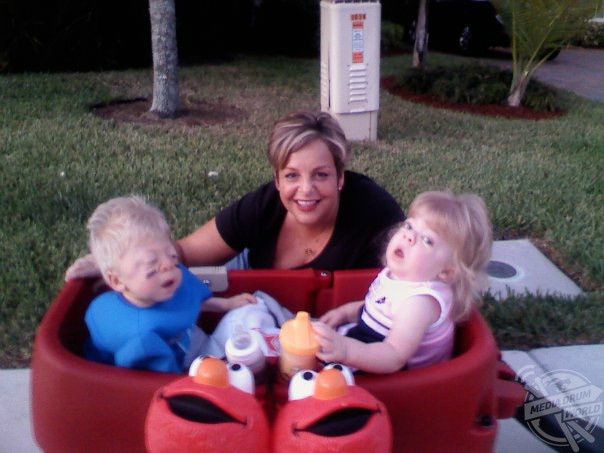
Trish Doyle / mediadrumworld.com
Olivia was taken to a genetics doctor who diagnosed her with I cell disease, also known as Mucolipidosis II, a rare and progressive metabolic disorder, when she was just 11-months-old, while Trish was pregnant with her son, Mikey.
The doctor informed the heart-broken couple that the odds that her unborn child would have the same disease was one in four. While there is no cure, the doctor recommended that Olivia had a bone marrow transplant to slow the progression of the disease.
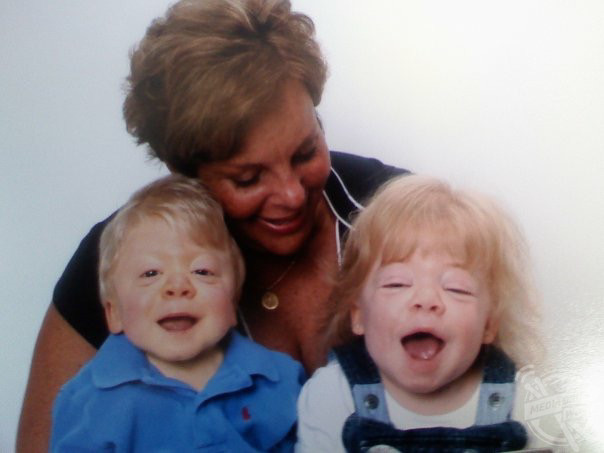
Trish Doyle / mediadrumworld.com
In February 2006, when she was just 14-months-old, Olivia underwent chemotherapy before receiving a bone marrow transplant from an unknown donor and in April 2006, Trish and her partner welcomed their son, Mikey.
Trish could tell immediately that he also had I cell disease when he was born before he was diagnosed at just one-week-old. Four months later, Mikey had a bone marrow transplant and spent 31 days in the hospital.
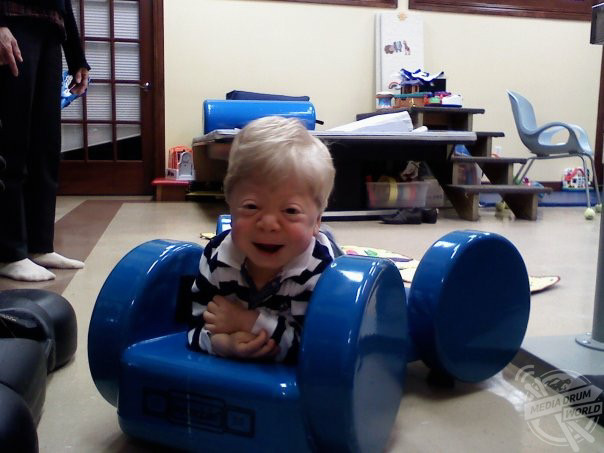
Trish Doyle / mediadrumworld.com
Despite their difficult childhood in and out of hospital, Trish made sure they lived their life to the full by taking them on day trips. The life expectancy of a child with I Cell disease is between the age of three and five. Olivia passed away in December 2009, just before her fifth birthday, and Mikey passed away in April 2015, just shy of his ninth birthday.
“Neither he or I knew we were carriers of a recessive gene for the disease of Mucolipidosis II or known as I Cell,” Trish said.
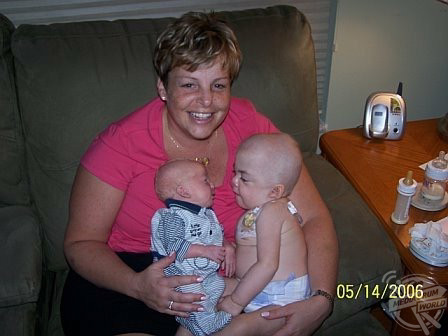
Trish Doyle / mediadrumworld.c
“Olivia was born with it in 2004 and Mikey was born with it in 2006. There is no prenatal testing for the disease and there is no one in either families that have it.
“Olivia was diagnosed at eleven-months old when I was pregnant with Mikey. She was not making her milestones and her facial features were changing and her bone structure as well – she was not weight bearing at all.
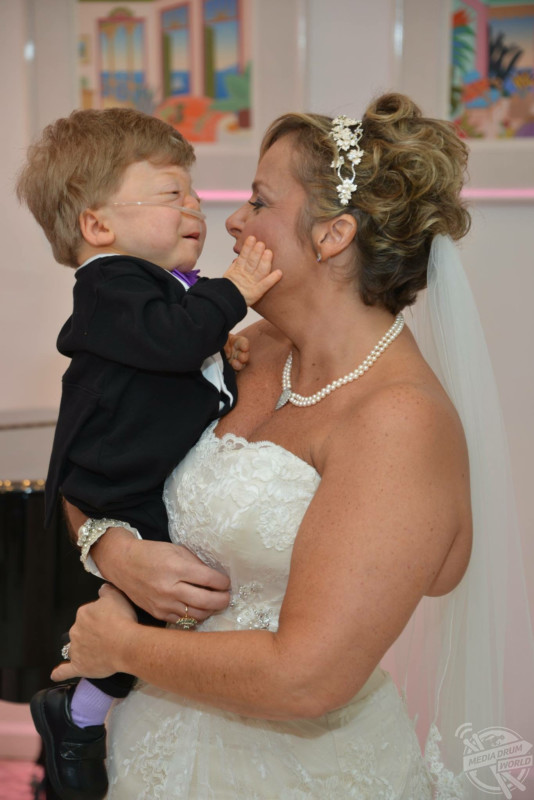
Trish Doyle / mediadrumworld.com
“I was an emotional mess. The genetics doctor called me at work and told me I needed to get there right away – she said she has Mucolipidosis II and that my chances of my unborn child (Mikey) having it is one in four.
“We immediately went to meet with the genetics doctor to discuss all options for treatment and there really weren’t a lot besides a bone marrow transplant to slow progression – it was not a cure, as there is no cure.
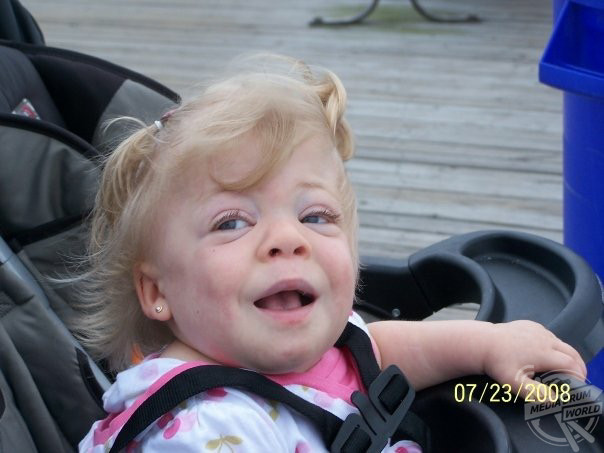
Trish Doyle / mediadrumworld.com
“At the age of fourteen-months in 2006, she received a bone marrow transplant. She went through horrible chemotherapy prior to the transplant to kill off her white blood cells so it would not ‘attack’ the new bone marrow.
“She was so sick. She spent sixty-three days in the hospital before we went home. Two weeks after this, I had Mikey. They didn’t have to tell me – I knew he had I Cell. He looked just like Olivia when she was born.
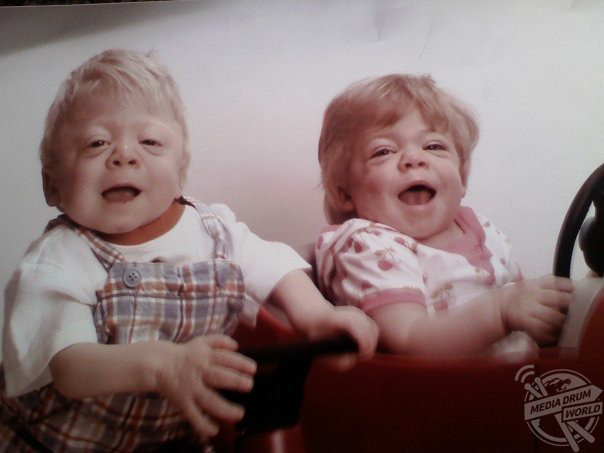
Trish Doyle / mediadrumworld.com
“A week after he was born, it was confirmed that he did indeed had I Cell. I had my cry (or two) but knew that he had to get a bone marrow transplant as well to slow the progression.
“They did not have normal childhoods. They had many doctors’ appointments and therapies and they were home-schooled because they were so susceptible to getting sick in a public-school setting.
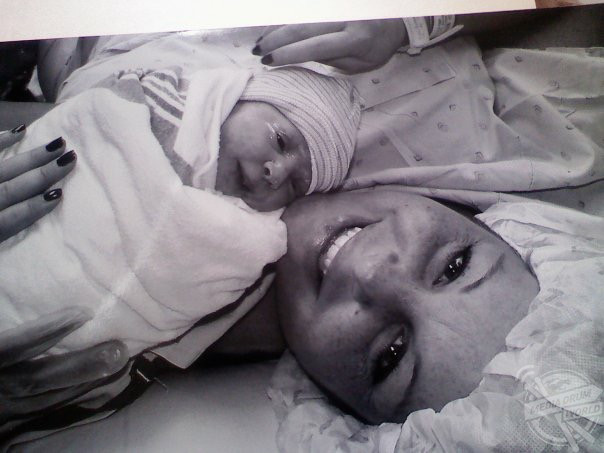
Trish Doyle / mediadrumworld.com
“A simple cold would turn into pneumonia. It was rough for them, but I have to say, they were happy. They were always smiling and laughing, despite their disabilities.”
Approximately 150 cases of I Cell disease have been reported in the medical literature, as it is often misdiagnosed and it’s supposedly more common in Japan than other countries.
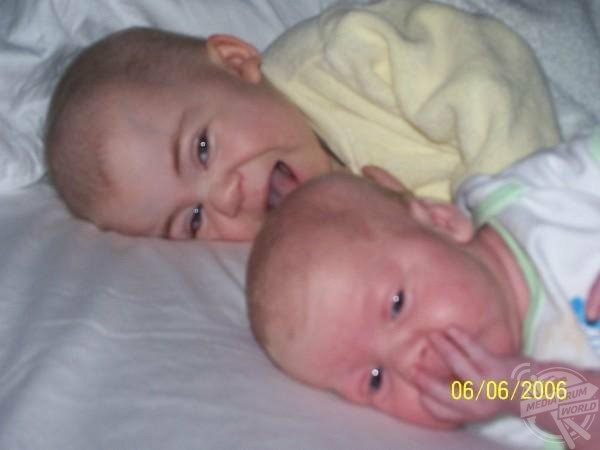
Trish Doyle / mediadrumworld.com
Some of the physical features connected with I Cell disease may be evident at birth, while other features may become clear between the ages of six to 10 months.
Craniofacial anomalies may include coarse facial features, a depressed nasal bridge, a long and narrow head, an extended and narrow forehead, and/or skin folds on the inner corners of the eyes.

Trish Doyle / mediadrumworld.com
I Cell disease is caused by a missing enzyme that breaks down complex carbohydrates in the cells and is inherited as an autosomal recessive genetic trait.
Since Olivia and her brother were born, Trish has committed herself to document their lives on social media, despite it being the time when Facebook first became popular.
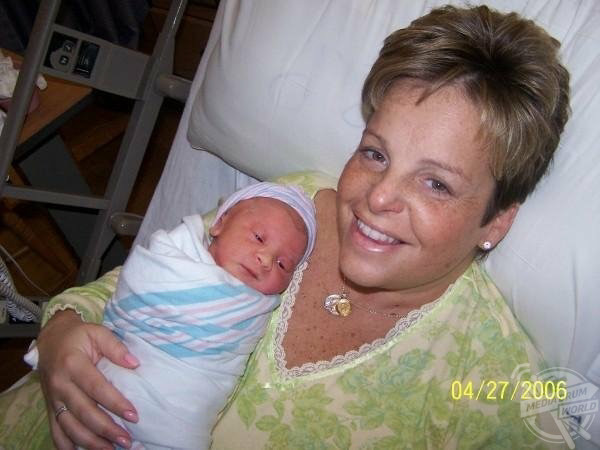
Trish Doyle / mediadrumworld.com
“I started to document their journey when Facebook came to fruition. I would post pics about them because I was a proud mummy,” Trish said.
“These kids went through the mill, health wise, but they were so happy. As Facebook got more popular, more I Cell families were also coming to light.
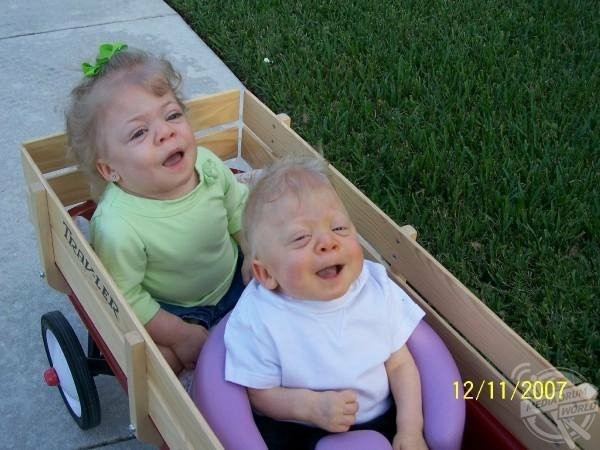
Trish Doyle / mediadrumworld.com
“There is an I Cell Support group page where you can ask questions, vent, share stories and just feel like you are with other people that ‘get it’.
“I Cell is a very debilitating disease. You feel completely hopeless as a parent. Mikey was nicknamed The Ambassador of Spunk because he was such a charmer.

Trish Doyle / mediadrumworld.com
“He had a Facebook page under that name and because of that and Instagram; I have ‘met’ families all over the world.
“As far as I know, there were five children that had bone marrow transplants to slow the progression and my children were two of them.
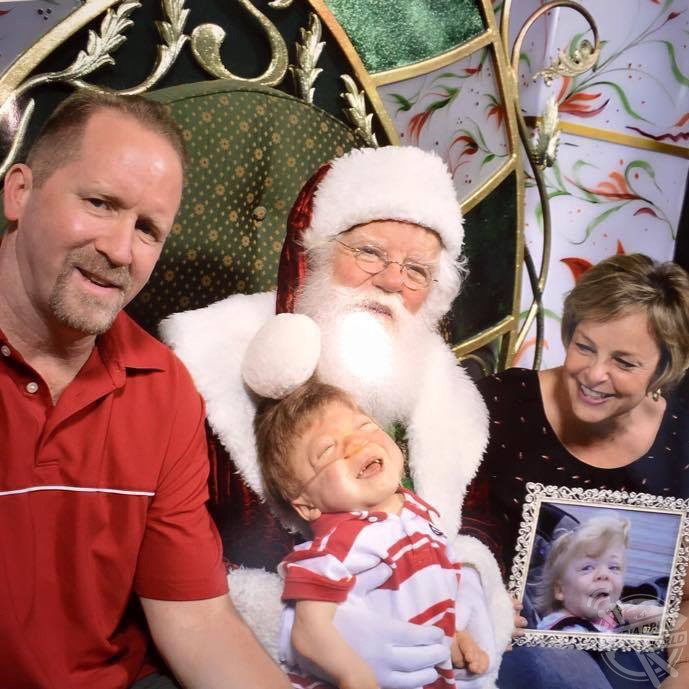
Trish Doyle / mediadrumworld.com
“The problem is that the disease progresses so fast and it’s often misdiagnosed. Bone marrow transplant is not for every I Cell child. I believe it depends on each child and how severe the disease has affected them.
“My goal is to raise awareness of I Cell because it is such a rare disease and there is no government funding for research.
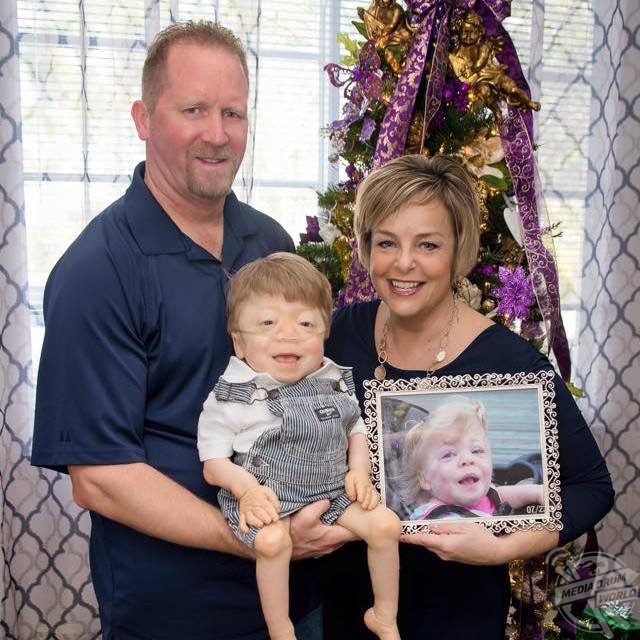
Trish Doyle / mediadrumworld.com
“The families, that want to share, we network about ailments (breathing issues, feeding issues, cardiac, etc.). We discuss our children’s milestones, or some just vent because you feel so helpless as a parent.
“I am a supporter of bone marrow transplant, but it is not for every I Cell child. I know it’s not a supported practise outside the USA. I only did it for my children because the I Cell was diagnosed early.
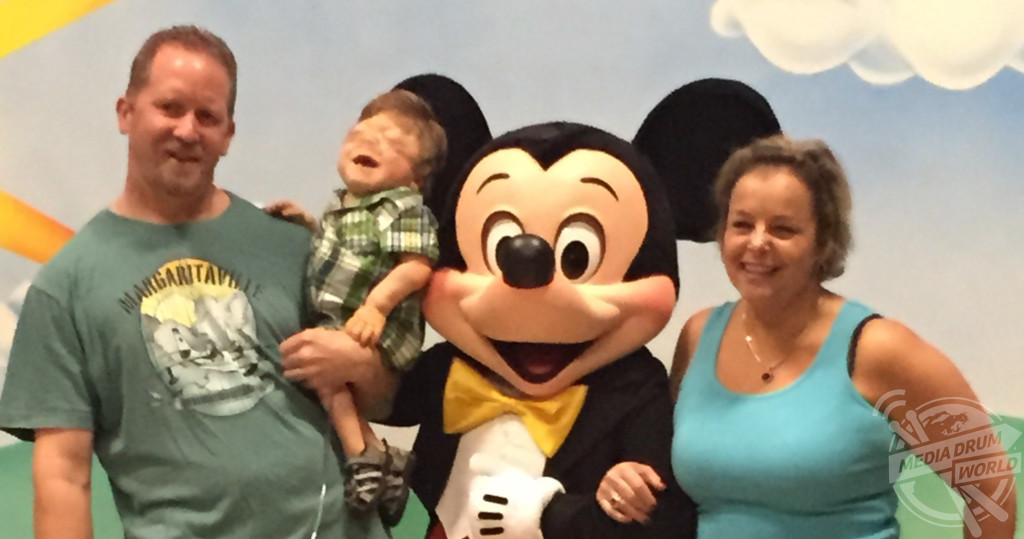
Trish Doyle / mediadrumworld.com
“I truly believe Mikey was here for close to 9 years because of the transplant – same goes for Olivia. It gave them mobility – they could crawl all over (could not walk but Olivia could walk with a gait trainer).
“My children could speak in full sentences. I believe while bone marrow transplant is not a cure, it slowed the progression of the disease and I was blessed to have had them on this earth with me for as long as I did.
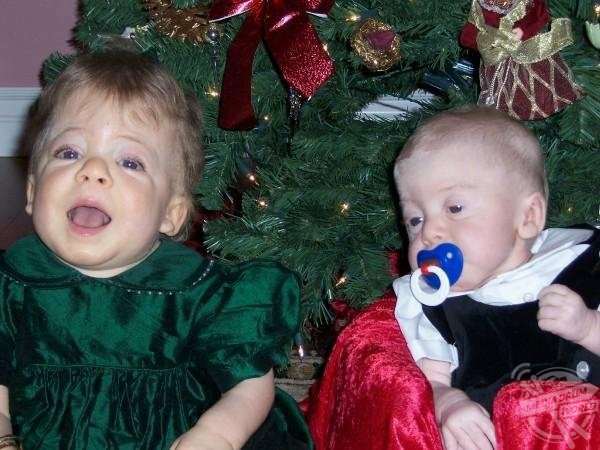
Trish Doyle / mediadrumworld.com
“I always say this – don’t focus on what will be with your I Cell child – or you will miss what is. I had my kids live life to the fullest; I didn’t want their disabilities to hold them back from anything.”
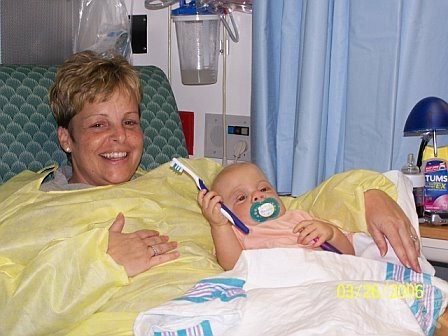
Trish Doyle / mediadrumworld.com









